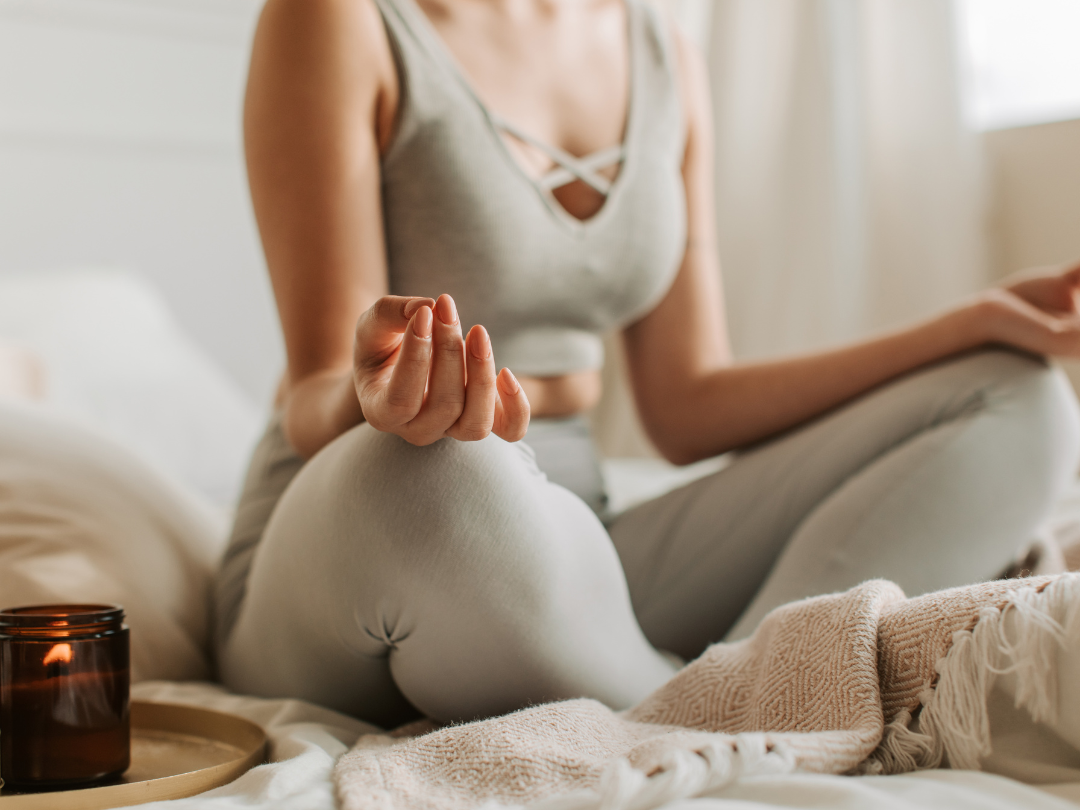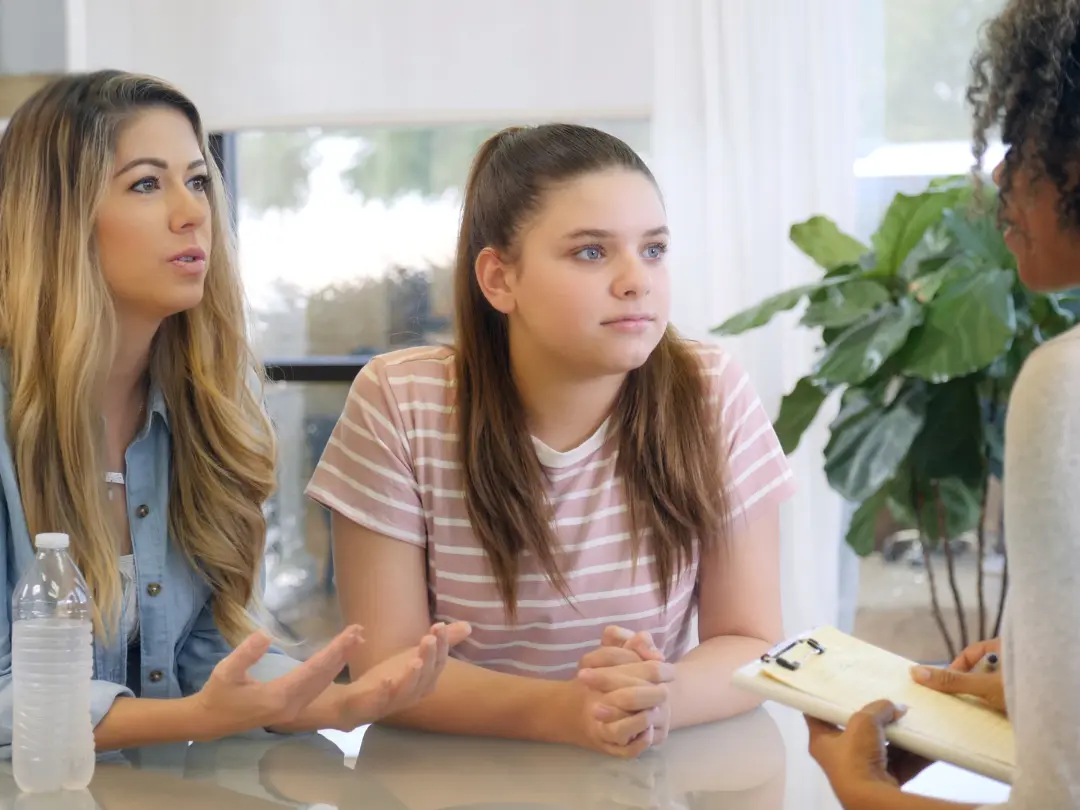Navigating daily life can be challenging enough, but finding the motivation during a PTSD flare-up can seem impossible– if not completely pointless. PTSD flare-ups happen suddenly and often when you least expect them, making them especially tricky to deal with. A PTSD flare-up includes reliving the traumatic event and experiencing the unwanted thoughts and memories that come along with it. Since trauma is often a physical experience, a PTSD flare-up will manifest in physical symptoms like excessive sweating, trembling or shaking, chest tightness, and sudden nausea.
It’s important to know how to identify a PTSD flare-up so you can remove triggers and reduce symptoms.
What is PTSD?
Post-traumatic Stress Disorder (PTSD) is a mental health condition developed by individuals that have experienced or witnessed a traumatic event. Common symptoms of PTSD include vivid flashbacks, intrusive memories, hypervigilance, severe anxiety, and depression.
While the passing of time and intentional self-care can do wonders for your healing process, experiencing a sudden PTSD flare-up feels like more than just a bad memory. During a flare-up, the individual is effectively reliving the traumatic event.
Even when a group experiences the same traumatic event, each individual’s experience of PTSD is unique and will affect them differently. Likewise, individuals need to understand their specific PTSD triggers and explore self-care techniques that can help them cope with PTSD flare-ups and reduce their frequency.
Common Symptoms in PTSD Flare-Ups
- Vivid flashbacks
- Intrusive memories
- Nightmares
- Physical symptoms such as sweating, nausea, or shaking uncontrollably
- Hypervigilance, or always “on edge”
- Easily irritable
- Insomnia
- Lack of focus, loss of motivation
- Inability to complete daily tasks
- Gaps in memory
- Feeling numb or detached
- Self-destructive habits
- Debilitating guilt, anger, or sadness
What Does a PTSD Flare-Up Look Like?
A PTSD flare-up takes us back to the moment of the traumatic event, emotionally and mentally. Because our bodies respond to potential threats by producing adrenaline and cortisol, it’s not unusual for a PTSD flare-up to be accompanied by physical symptoms too.
Studies show that PTSD causes an individual’s body to keep releasing these “fight, flight, or freeze” hormones long after the threat is gone. A person may think they are adjusting well to daily life after a traumatic event, only to be surprised with extreme physical symptoms such as chest pain, tightening of the chest, dizziness, and stomach ache. Some say the physical symptoms mirror those of a heart attack or severe anxiety. So, what’s the best way to deal with a PTSD flare-up?
Understanding Your PTSD Triggers
A PTSD flare-up can be triggered by your inside world just as much as the outside world. Triggers can be thoughts and emotions, or they can be situations and sensory cues, such as hearing a certain song. A trigger symbolizes any connection to the traumatic event, such as a certain person, smell, song, location, or anniversary date.
Start with trying to identify triggers by paying close attention to the thoughts, feelings, places, and things that precede a PTSD episode. Keeping a journal can help you recognize patterns and track your progress. Also, don’t forget to listen to your body. Our bodies will often give us emotional cues to indicate that something is bubbling just under the surface. Write it all down. Even if you don’t understand it now, noting your most visceral responses may provide insight into your triggers later.
Coping with PTSD Flare-Ups
Having a few coping strategies under your belt can help manage the distressing symptoms that come along with a PTSD flare-up. Experiment with a few different coping skills to see which techniques work best for you.
Grounding techniques
Using a grounding technique can help you anchor your mind in the current moment, reducing the intensity of the flashback. Imagine your heel rooting into the earth. Right now, this is your space. Let your senses engage with your physical surroundings. If it helps, take a mental inventory of everything around you. Mantras and affirmations can be a great way to take control of the moment and stay grounded.
Deep breathing exercises
Taking intentionally slow, deep breaths can help regulate your nervous system and support relaxation during a flashback. For a simple deep breathing exercise, take a deep breath in. Be conscious of the feeling of filling your lungs and taking up space. Try to harness your energy as you breathe out slowly, simultaneously letting go of those unwanted thoughts and feelings.
Self-soothing activities
Prioritizing self-care can provide comfort and give you a sense of autonomy during a PTSD flare-up. Engage in activities that make you happy, and don’t worry about how “productive” or “enviable” these activities may or may not be– the goal is to soothe your nervous system, which has been working hard to do its job! Take a warm bath, listen to your favorite album, watch your comfort TV show, get your nails done, or go for a walk.
Seeking Professional Help for PTSD Flare-Ups
Dealing with the intrusive thoughts and vivid flashbacks that come with a PTSD flare-up can feel like you’re talking in circles. If you find yourself stuck in the memory of a traumatic event, or constantly creating narratives and dialogues in your head, there IS hope.
At New Hope Counseling and Wellness Center in Columbia, SC, you can talk to a trauma-informed therapist and find professional relief for PTSD symptoms and flare-ups. When it comes to managing PTSD symptoms, it’s all about being equipped with the right tools and support. Recovering from PTSD is a long and hard road, but seeking professional help is as easy as scheduling an appointment with a licensed therapist.
Contact us today to begin your healing journey!








